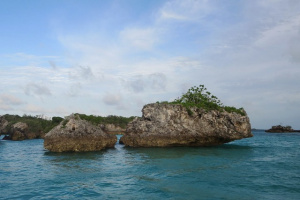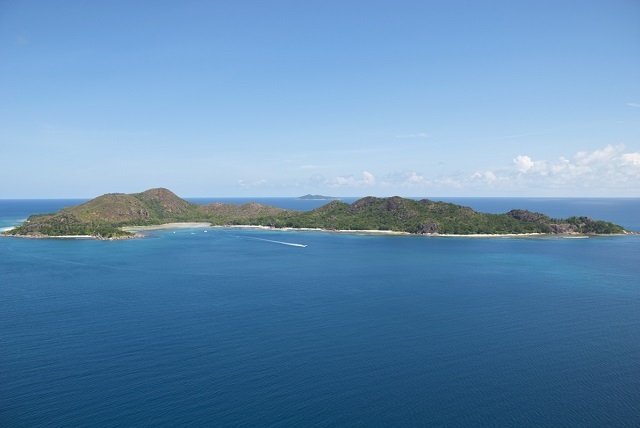Seychelles now has Marine Spatial Plan policy to guide development, conservation
General |Author: Sharon Ernesta | September 28, 2020, Monday @ 10:45| 13207 views
Zone 1 areas include one of the world’s most ecologically important habitats, the waters around the Aldabra Group. (David Stanley/Flickr) Photo License: CC BY 2.0
(Seychelles News Agency) - Seychelles now has its own Marine Spatial Plan (MSP) policy that will provide a road map for marine planning and the guiding principles to inform the decision-making process for development and conservation.
Prior to its endorsement by Seychelles' cabinet of ministers this week, the draft of the policy, which was completed in 2019, went through an international peer review by people experienced in MSP governance and marine policy, Helena Sims – the project manager - told SNA. Sims said the comments from the review have been addressed by the MSP Steering committee.
Seychelles’ Marine Spatial Plan is a government-led initiative following the award-winning debt-for-nature swap, which was formalised through the creation of the Seychelles Conservation and Climate Adaptation Trust in 2016.
MSP is the first comprehensive marine plan in the western Indian Ocean and is being facilitated by the Nature Conservancy which provided funding, technical design and leadership.
Sims added that although there are various existing laws, international agreements, and regulations governing the management of all waters in Seychelles – 115 islands in the western Indian Ocean, “there has previously not been a comprehensive, public, and participatory process to plan for sustainable development and integrate large-scale marine conservation in the context of a changing climate that will also ensure ecological protection for years to come.”
 |
| There has previously not been a comprehensive, public, and participatory process to plan for sustainable development and integrate large-scale marine conservation in the context of a changing climate that will also ensure ecological protection for years to come. (Gerard Larose, Seychelles Tourism Board) Photo License: CC-BY |
As of March, this year the island nation has legally designated 30 percent of its territorial waters as marine protected areas.
“The Marine plan is for the entire EEZ. The stakeholder discussions for Zone 3 – multiple-use areas that is the remaining 70 percent of the EEZ and management plans for Zone 1 and 2 are postponed due to the COVID-19 pandemic; notice will be provided on when meetings will resume,” Sims told SNA.
The new protected areas are split into two zones. There are High Biodiversity Protection Areas (Zone 1) where almost no extractive human activities are allowed. These Zone 1 areas include one of the world’s most ecologically important habitats, the waters around the Aldabra Group – a UNESCO Heritage site.
This is home to the Indian Ocean’s only dugongs, the world’s second-largest raised atoll, regionally significant populations of seabirds, and critically-endangered turtles. It is on migratory routes for calving Southern Ocean humpback whales and includes the highest fish densities in Seychelles.
There are also Medium Biodiversity Protection and Sustainable Use Areas (Zone 2), designed to conserve natural ecosystems while allowing some economic activities, including fishing, tourism charters, renewable energy, and others. Significant new conditions will regulate businesses operating in these areas. Activities are allowed so that those economically important enterprises continue to have the marine resources they rely on.
The designation of the Marine Protection Areas and the drafting of ‘allowable activities’ is being seen as what can be considered as the most comprehensive process of consultation of its kind in the country with over 50 workshops. This was to ensure the largest number and diversity of people, businesses, and institutions provided information and input, and ultimately their support, to the planning.
Back
